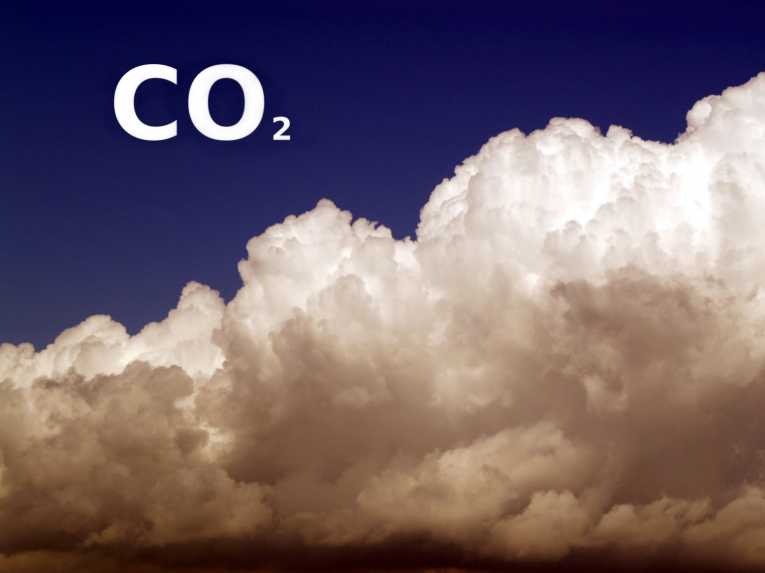In a supreme example of the grasping of straws, in the face of a gathering global warming storm, a breathless new report from California's Lawrence Berkeley National Laboratory (Berkeley Lab) outlines an impressive-sounding story on China's emissions for the next four decades. It sees Chinese consumers as hitting a wall of 'maximum comfort' - where they have sufficient fridges, TVs and electric toothbrushes in their just big enough homes - in a couple of decades. That will help to saturate the country's energy demand by 2030. Throw in a few hundred nuclear power plants and some very optimistic energy-efficiency savings and - hey presto - China's emission curve peaks and flattens between 2027 and 2033.
China's emissions numbers matter big-time in the fight against global warming - it overtook the US as the main greenhouse gas polluter in 2007, approaching 8 billion metric tons of CO2 in 2009 - over 20% of the world's total. Previous models have cast China - which is still undergoing a massive economic transformation - as heading towards 13 billion tons of CO2 per year by 2030, and continuing to grow afterwards. But the Berkeley Lab report sees a peak at between 10 and 12 billion metric tons of CO2 equivalent for China, after which its emissions decline considerably.
These new numbers are certainly a decided improvement on the projections seen from other analysts, who tend to base their forecasts of future greenhouse gas emissions on coarser economic models. In contrast, the Berkeley Lab report, ''China's Energy and Carbon Emissions Outlook to 2050''- produced by its China Energy Group - is a four-year effort that involved detailed technological and economic mapping of energy use, down to the last fridge and air-con unit, as a society gets richer.
Co-author of the report, Mark Levine, sees the results in a positive light, saying ''I think this is very good news. There's been a perception that China's rising prosperity means runaway growth in energy consumption. Our study shows this won't be the case.'' But in its optimism, and no doubt well-founded confidence over an improved methodology, the report skips over an essential point in the greenhouse gas story.
Irrespective of whether the report's assumptions of a huge ramp-up of nuclear power - from todays 8 gigawatts to 550 gigawatts by 2050 - are realistic, this report still has China's emissions peaking a decade after 2020. And that is the critical pivot point. The IPCC believes that the world needs to halve CO2 emissions by 2050, if we are to avoid a climate-shattering temperature rise above 2°C. And that requires China to see its emissions peaking in 2020, as the IEA has already warned.
So even this rosy report will not see the planet dodge the global warming bullet. Perhaps it is time to challenge the need for the whole planet, including China, to have to 'level up' to the wasteful levels of consumption seen in the West. Maybe we all need to take our collective foot off of the economic overdrive pedal, if we are to avoid punishing levels of climate change.










